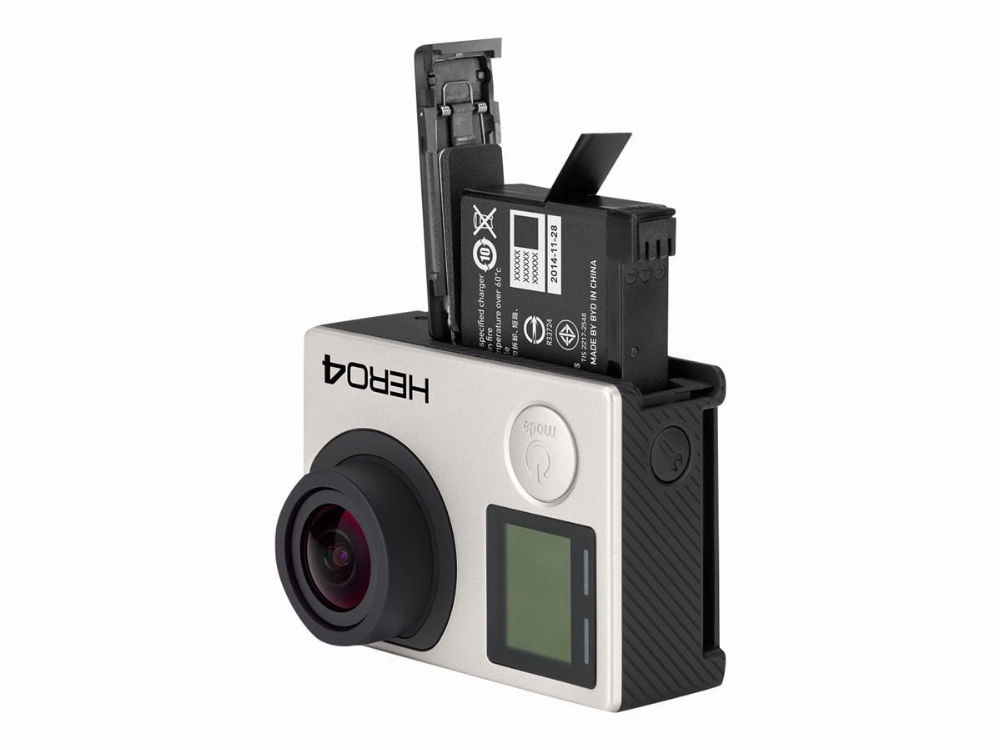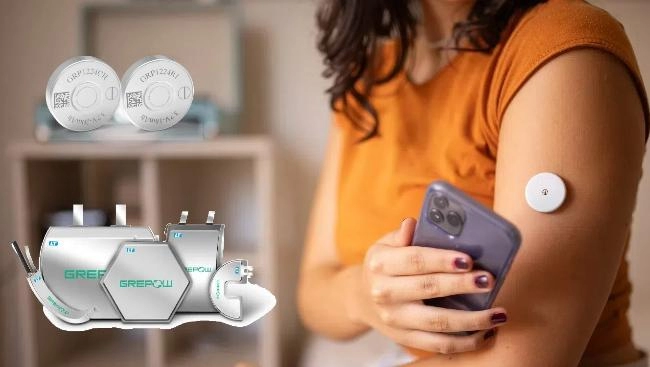24V Ride-On Car Batteries: Everything You Need to Know
24V ride-on car batteries are essential for powering these fun, kid-friendly electric ride-on vehicles, allowing children to enjoy driving their own miniature cars, trucks, and ATVs. These battery-powered toys not only provide hours of entertainment but also help kids improve their motor skills and stimulate their imagination. In this guide, we’ll explore the key features, benefits, and maintenance tips for 24V ride-on car batteries to ensure they perform optimally and last longer.
What is a 24V Ride-On Car Battery?
A 24V ride-on car battery is a rechargeable battery designed to power the motor in ride-on toy vehicles. Most commonly, it is a Sealed Lead Acid (SLA) battery, which utilizes lead plates and sulfuric acid as its electrolyte. These batteries are known for their reliability, long lifespan, and ability to deliver high power output.
The “24V” refers to the voltage of the battery, which is the electrical potential difference between its positive and negative terminals. Essentially, a 24V ride-on car battery consists of two 12V batteries connected in series to achieve the 24-volt voltage.
Features of 24V Ride-On Car Batteries
High Capacity
24V ride-on car batteries are typically designed with a high capacity, measured in Ampere-hours (Ah). This capacity indicates how long the battery can power the vehicle before needing a recharge. A higher capacity battery ensures longer run times, which is ideal for extended play sessions or larger vehicles.
Rechargeable
One of the biggest advantages of a 24V ride-on car battery is that it is rechargeable. Instead of replacing the battery every time it runs out of power, you can simply recharge it using the included charger. This not only saves you money in the long run but also helps reduce waste and is more environmentally friendly.
Sealed Design
24V ride-on car batteries feature a sealed design, which protects the internal components within a robust casing. This prevents leaks and eliminates the need for regular maintenance, such as adding water or electrolytes. The sealed construction also makes the battery spill-proof and vibration-resistant, making it ideal for use in children’s toys.
Overcharge Protection
Many 24V ride-on car batteries come equipped with built-in overcharge protection. This feature safeguards the battery from being overcharged, which can cause damage and shorten its lifespan. Overcharge protection automatically stops the charging process once the battery reaches full capacity, preventing overcharging.
Benefits of Using 24V Ride-On Car Batteries
Improved Performance
A 24V ride-on car battery can significantly improve the performance of your child’s ride-on car. The higher voltage provides more power to the motor, allowing the vehicle to accelerate faster, climb steeper inclines, and reach higher speeds. This enhances the overall driving experience, making it more fun and engaging.
Longer Playtime
With a 24V ride-on car battery, your child can enjoy longer playtime before needing to recharge. This is especially beneficial for larger vehicles or when multiple children take turns driving. The extended run time ensures the electric ride-on car can keep up with your child’s playtime.
Cost-Effective
While the initial cost of a 24V ride-on car battery may be higher compared to standard 12V batteries, it is more cost-effective in the long run. Since the battery is rechargeable, you won’t need to purchase new batteries every time the vehicle runs out of power. This rechargeable design saves money and is environmentally friendly.
Environmentally Friendly
Using a 24V ride-on car battery is more environmentally friendly than using disposable batteries. Rechargeable batteries can be used multiple times, reducing the amount of waste sent to landfills. The battery’s sealed design further prevents leaks, providing a cleaner and more sustainable energy source. If you are interested in sustainable energy solutions, you can refer to this guide for further information on battery energy storage principles: A Guide on Battery Energy Storage Principles.
Part 4: Maintaining Your 24V Children’s Electric Car Battery
Battery Charging Precautions
Proper charging is essential for maintaining the performance and longevity of your 24V children’s electric car battery. Always use the original charger supplied with the children’s electric car, or a compatible charger recommended by the manufacturer. Once the battery is fully charged, you should unplug the charger immediately to avoid overcharging.
Battery Storage
When your 24V children’s electric car battery is not in use, store it in a cool, dry place. Keep it away from extreme temperatures that can damage the internal components and shorten the battery’s lifespan. If you need to store the battery for an extended period, make sure to charge it fully before storing it and give it a recharge every few months to maintain its performance.
Battery Cleaning
Regularly cleaning your 24V children’s electric car battery is crucial for ensuring good connections and preventing corrosion. Use tools like a wire brush or sandpaper to remove any buildup or corrosion on the terminals. Clean the battery with a damp cloth, but be careful not to get water inside the battery case, as this can cause damage.
Battery Replacement
If your 24V children’s electric car battery no longer holds a charge or performs poorly, it may be time to replace it. Always choose an original replacement battery recommended by the manufacturer. A compatible battery will ensure the correct fit and provide sufficient power for your child’s electric car.
Part 5: Troubleshooting Common 24V Children’s Electric Car Battery Issues
Battery Not Charging
If your 24V children’s electric car battery is not charging, try the following:
- Ensure that the charger and battery are properly connected.
- Check the charger for any signs of damage.
- Keep the battery terminals clean and free from corrosion.
If the problem persists, consider replacing the battery.
Reduced Run Time
If your 24V children’s electric car battery is providing less run time than usual, there could be several reasons:
- The battery may need to be charged more frequently.
- The battery may be nearing the end of its lifespan and needs to be replaced.
- The battery may be overheating due to excessive use or high external temperatures.
Battery Leakage
If you notice any leakage from your 24V children’s electric car battery, stop using it immediately and replace it.
Part 6: Frequently Asked Questions (FAQ)
How long does it take to fully charge a 24V children’s electric car battery?
The charging time for a 24V children’s electric car battery can vary, but most chargers require between 14 and 18 hours for a full charge. Always follow the manufacturer’s instructions and avoid overcharging to ensure the battery’s longevity.
Can I use a 12V battery in a 24V children’s electric car?
No, a 12V battery cannot be used in a 24V children’s electric car. These vehicles are designed for a 24V system; using a 12V battery will result in insufficient power, negatively affecting performance and range.
How long does a 24V children’s electric car battery last?
The lifespan of a 24V children’s electric car battery depends on factors such as usage, maintenance, and storage conditions. With proper care, the battery can last for 1 to 2 years. Regular charging, proper storage, and timely replacement will help extend the battery’s lifespan.
Can I charge my 24V children’s electric car battery overnight?
It is generally safe to charge your 24V children’s electric car battery overnight, but it’s important to monitor the charging process. Never charge it for more than 24 hours, as overcharging can potentially damage the battery and shorten its lifespan. Always unplug the charger once the battery is fully charged.
KHZH’s Articles
11.1V Lithium Polymer Battery Explained: Characteristics, Advantages, and Common Uses
The 11.1V lithium polymer battery is a common power source for remote control models, drones, and other devices. This article explores its key characteristics, advantages, and common applications.
Lithium-Ion Jump Starters vs. Lead-Acid Jump Starters: What are the Key Differences?
Lithium-ion jump starters are a fast and reliable solution for jump-starting car batteries. We compare them to traditional lead-acid jump starters to highlight their differences.
How to Safely Clean Corroded Battery Terminals: A Step-by-Step Guide
This detailed guide will walk you through the necessary precautions, safety tips, and proper methods for cleaning corroded battery terminals.
Portable Battery Charger vs. Power Bank: What’s the Difference?
A portable battery charger is any device that allows you to charge your electronic devices on the go. A power bank, on the other hand, stores energy within its battery, allowing it to charge devices even without an external power source.
The Ultimate Guide to Using a Lithium-Ion Emergency Jump Starter
A lithium-ion jump starter is an essential tool in emergency situations. This comprehensive guide covers its usage, safety, maintenance, and explains why it is a wise investment for your vehicle.








